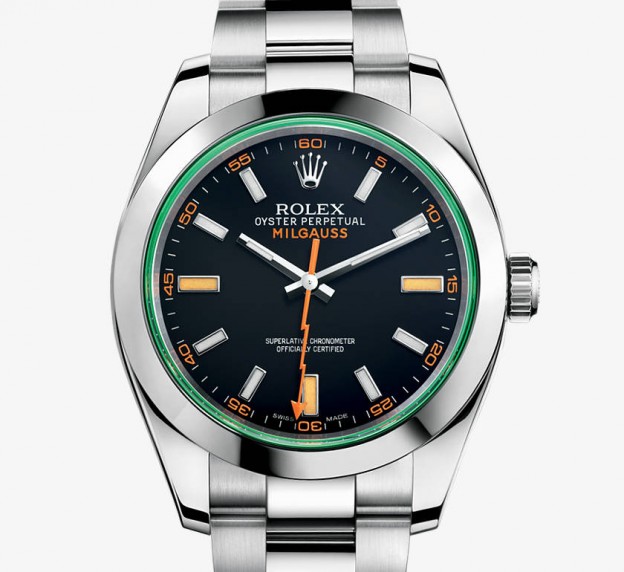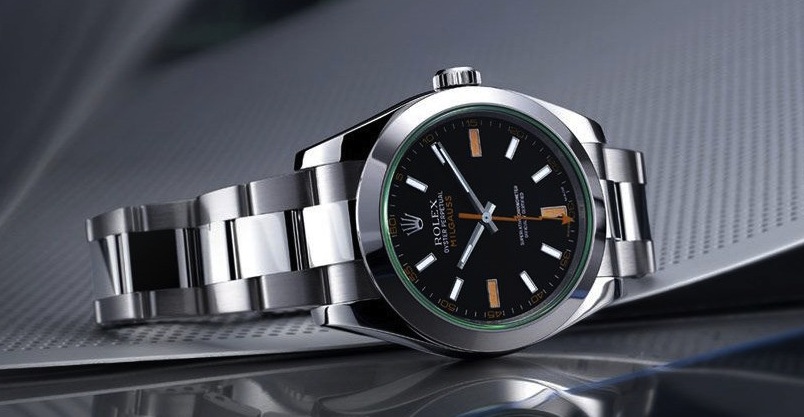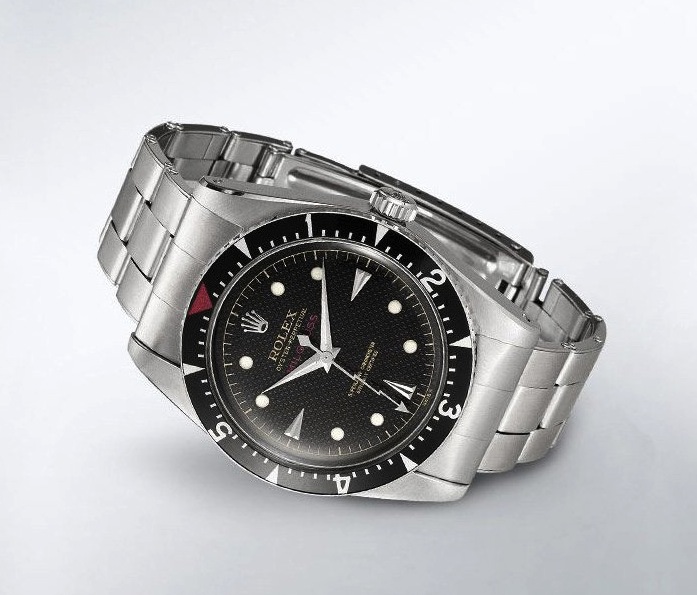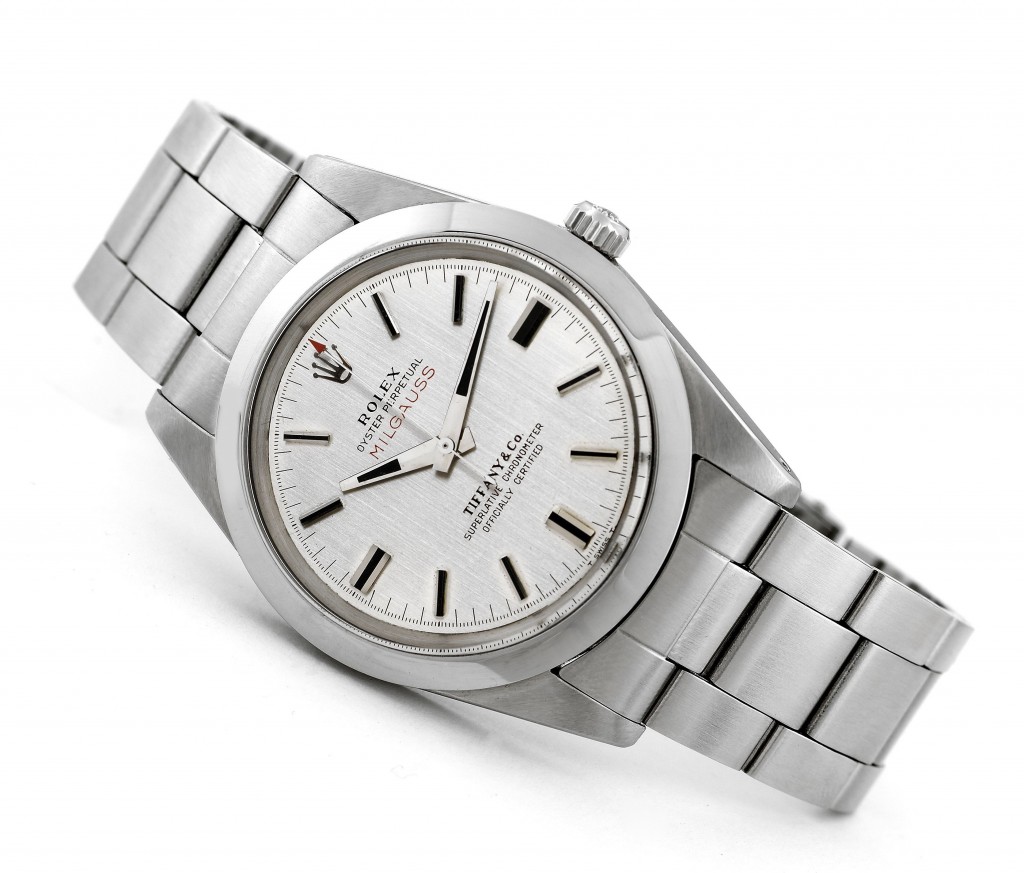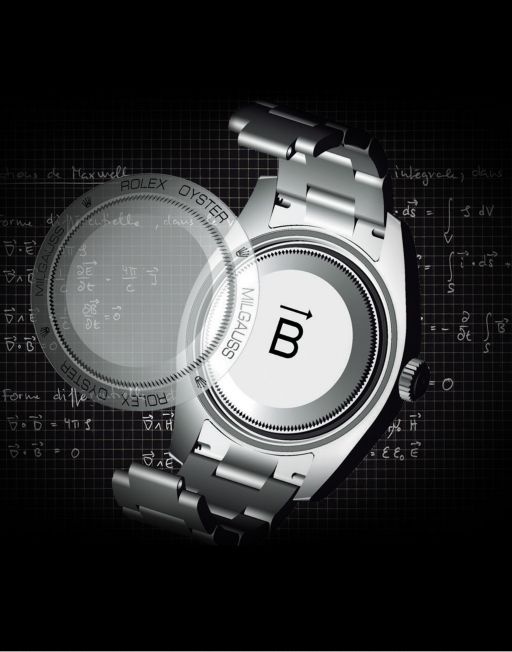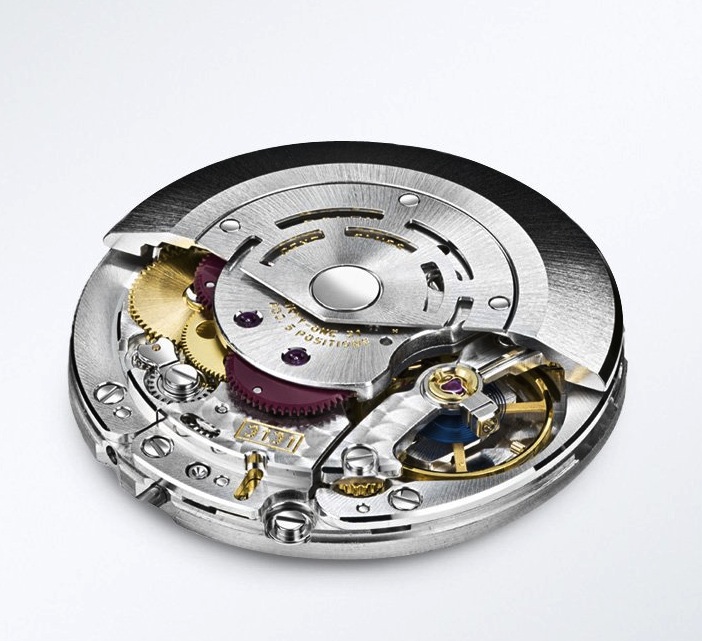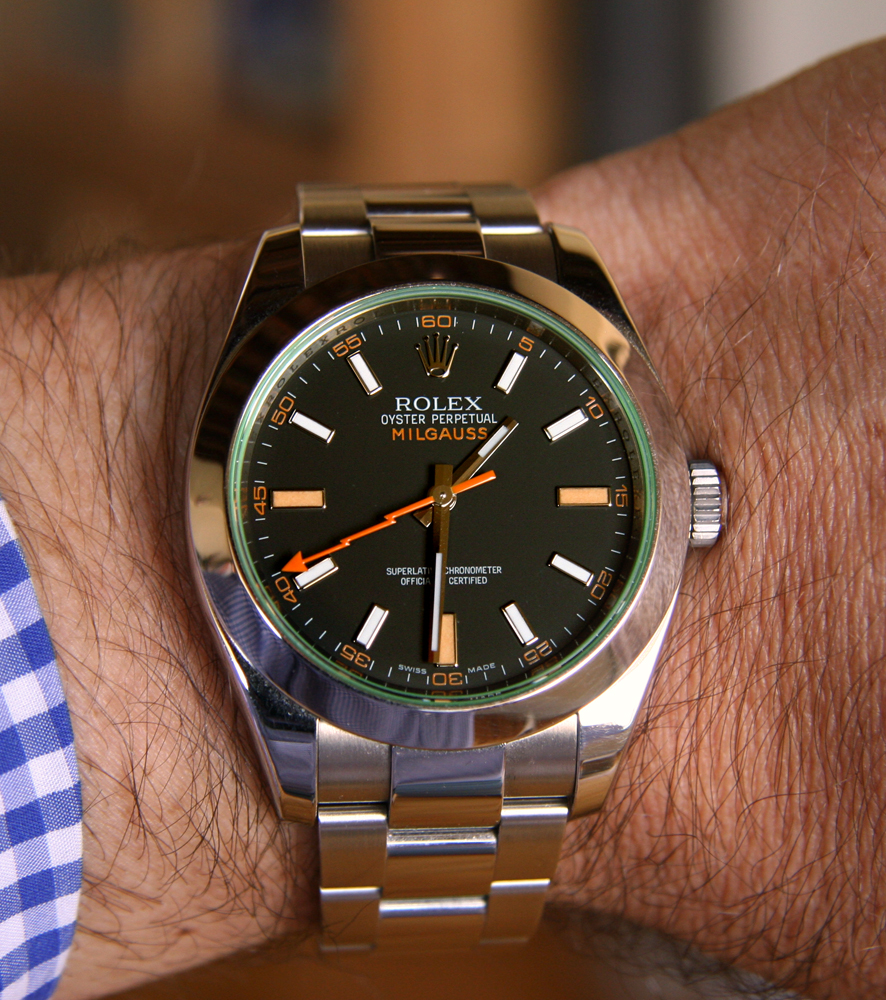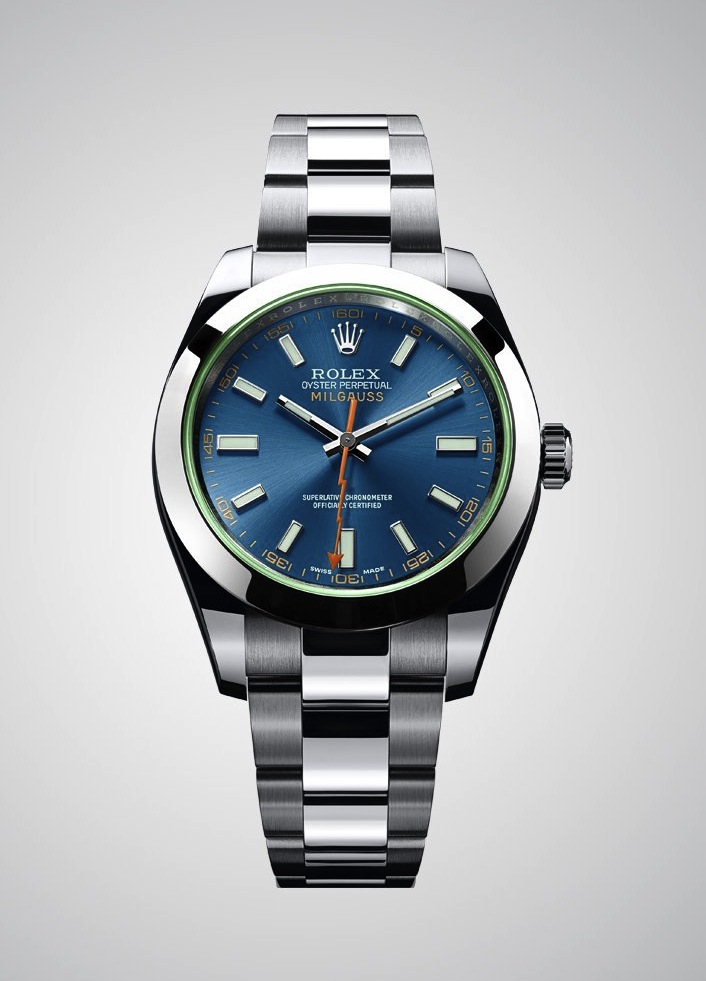90% if the time I am a 100% vintage watch guy. They have the vibe and design qualities of days gone by that usually make them much more appealing than their shiny modern counterparts. But once in a while I give in to that new watch temptation and fall for something the manufacturers are offering today. The Rolex Milgauss GV is definitely one of those that turned my head and won my ardent affection.
Like a lot of marques in recent years, Rolex has very cleverly paid homage to designs from their storied past while giving them a modern interpretation, as well as all the technological upgrades available in this era. One of the most successful of these “heritage” pieces is the newest iteration of their famous Milgauss line. Dating back to the mid-1950s, the golden age of Tool Watch innovation, the Milgauss was originally designed to stand up to the large magnetic fields being generated by nuclear and other emerging technologies in the Post War era. This specially designed anti-magnetic timepiece could stand highly magnetic environments of up to 1000 gauss, hence the name, and it was marketed to scientists and technicians whose watches would normally be severely disrupted by such high levels of magnetism. Apparently this watch-buying segment was perceived as significant enough to lead to a plethora of anti-magnetic watches being created, as not just the Milgauss but also IWC’s Ingenieur and Omega’s original Railmaster made their debuts around this time.
Despite or perhaps because of the emergence of those competitors, the market was never very strong for the original lightning-hand Milgauss. But Rolex kept with it and redesigned the watch in the middle to late 1960s. With a cleaner, more conventional design, the new 1019 Milgauss seemed a more versatile wristwatch for the professional man of science, while still retaining it’s antimagnetic powers through the continued use of the Faraday cage design. Again, though, the Milgauss line was a poor seller in the overall Rolex catalogue, probably due to its rather specific purpose and slightly premium price over a standard dress model, as well as its then-large 38mm size and thick case. With demand for mechanical watches lagging overall, Rolex discontinued the Milgauss by the early 1980s.
However, as with so many of the “unpopular” Rolex of their time — such as the original Explorer II, the Tru-Beat, even the Cosmograph Daytona — their very lack of success and smaller production redounded to their later success once they had been removed from the catalog. Watches that sat on dealers’ shelves for years became cult classics with the savvy vintage watch crowd seemingly overnight, particularly the Rolex-mad Italians who set so much of the agenda in Vintage Rolex. By the early 2000s, the original waffle dial, lightning bolt 6541 and 6543 models were fetching high 5-figures and even 6-figures at auctions. The previously unloved 1019 models settled in comfortably in the $20-30k range. Not too shabby for watches that “nobody” used to want!
Rolex is many things: cautious, deliberate, conservative. But unobservant they are not. Clearly seeing the potential of the rapidly growing interest in their vintage classics and the highly prized status of previous “dogs” like the Explorer II and the Milgauss, the great Swiss manufacture decided to re-release a modernized version of their anti-magnetic icon in 2007, incorporating design elements of both previous models as well as new tweaks. In addition to the iconic lightning sweep seconds hand, this time deployed in bold orange for maximum visibility, the Farady cage construction was greatly upgraded by a double screwed Oyster case design rather than a simple soft iron cap. And over all the modern reference, while a bit more polished up than I would prefer a tool watch to be, is even more robust than its forebears at 40mm diameter and over 13 mm thick.
The modern caliber 3131 is further improved to resist magnetism by the addition of the a-magnetic Parachrom hairspring and a paramagnetic escape wheel, all designed to make the movement impervious to the havoc of magnetic fields in our airport scanner, MRI, mega-server digital lives. Originally available in 3 versions, I chose the “GV” model or Glass Vert (“Green Glass”). With its different color luminous bars and Anniversary-green crystal I found it to be the most interestingly designed and super cool on the wrist.
A lot of vintage purists reflexively dislike the new Milgauss line, considering it a hodgepodge of the previous models. But for me it feels true to its heritage without being completely beholden to it in a purely “homage” manner, like the new Tudor Monte Carlos are and the way a lot of other manufacturers have simply copied their old designs and sold them again as new models. No, the 116400 Milgauss is its own creature while being true to the heritage of the model line: relentlessly over-engineered, robustly constructed, massively anti-magnetic and stunning on the wrist even if you’re nowhere near a supercollider. For 2014, Rolex have introduced a blue dial version to go with that green glass for even more visual impact (it seems that blue dials were what counted for “innovation” for them at this year’s Basel premiere. What was that I said earlier about slow, incremental changes?).
That’s a handsome tweak and I do find blue-dialed watches appealing. But I think I’ll stick with my “old” standard black dial GV. Sure, it’s not as famously unpopular as its forefathers. But I still really like it.

